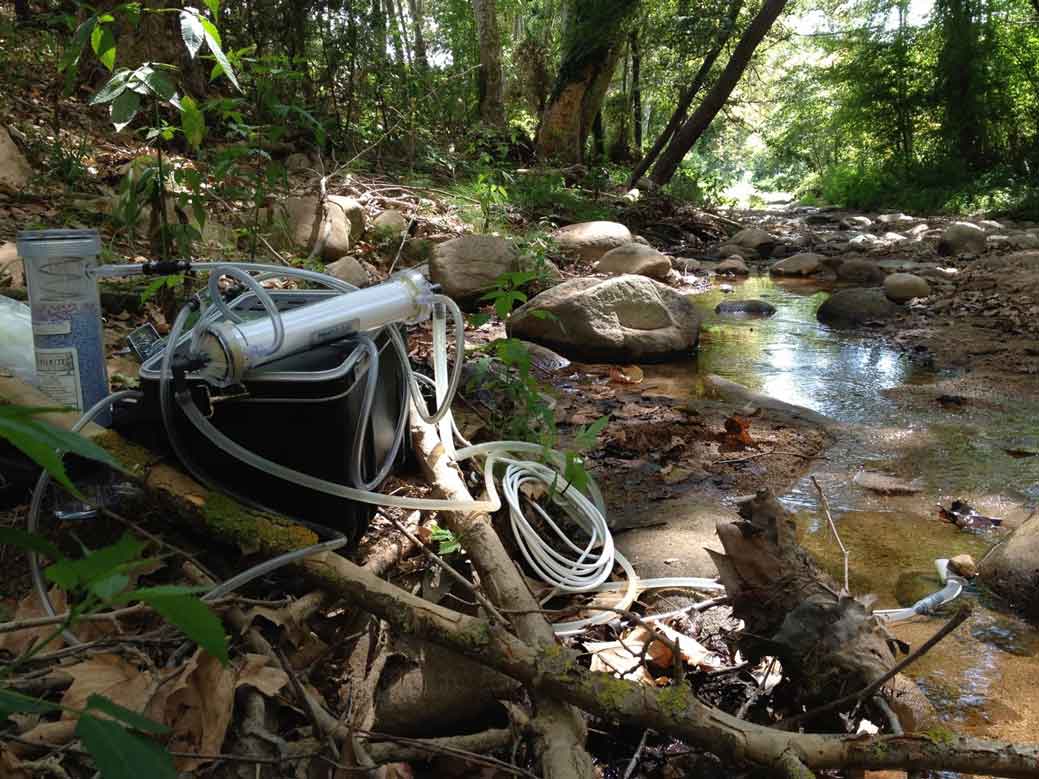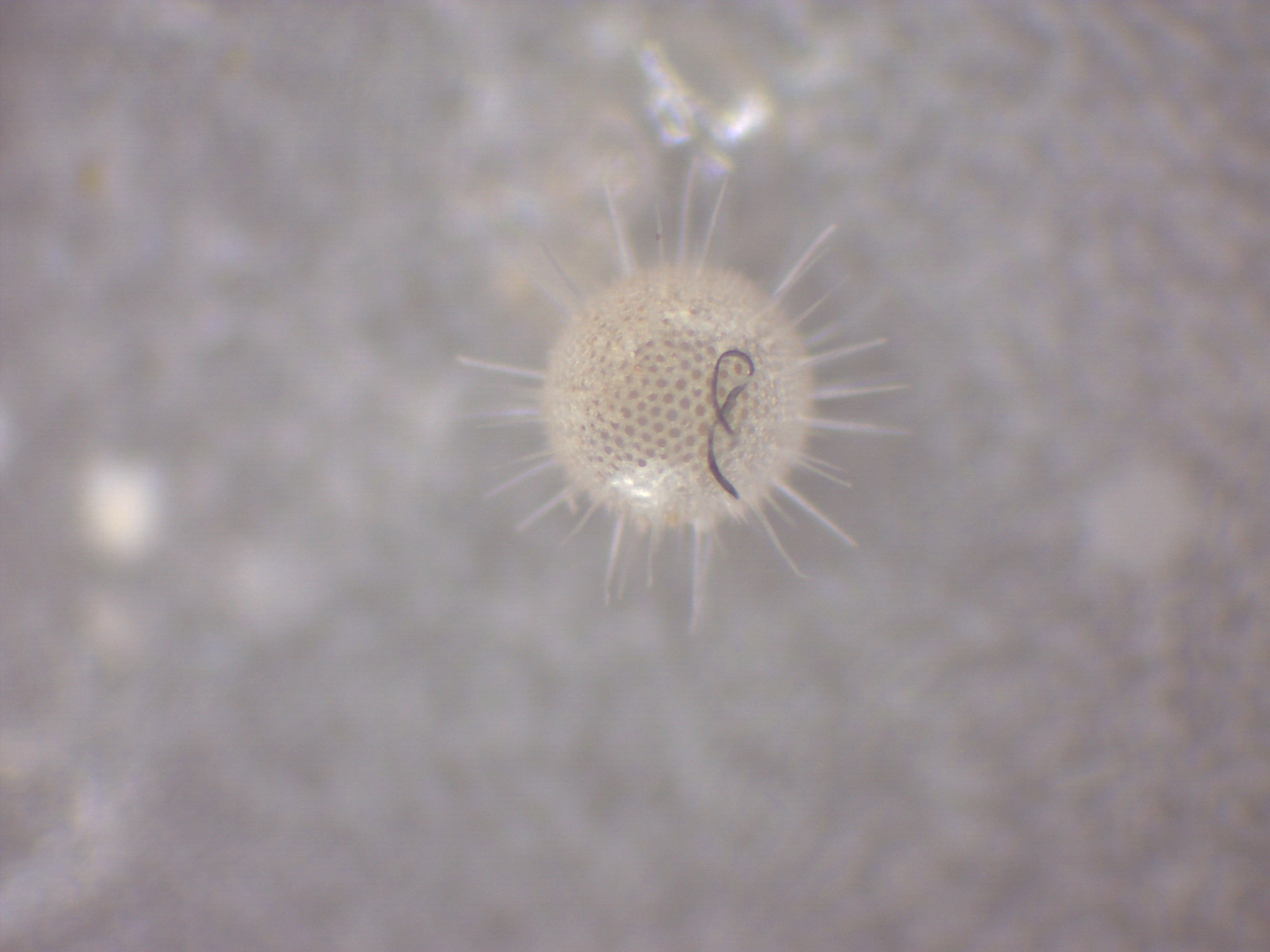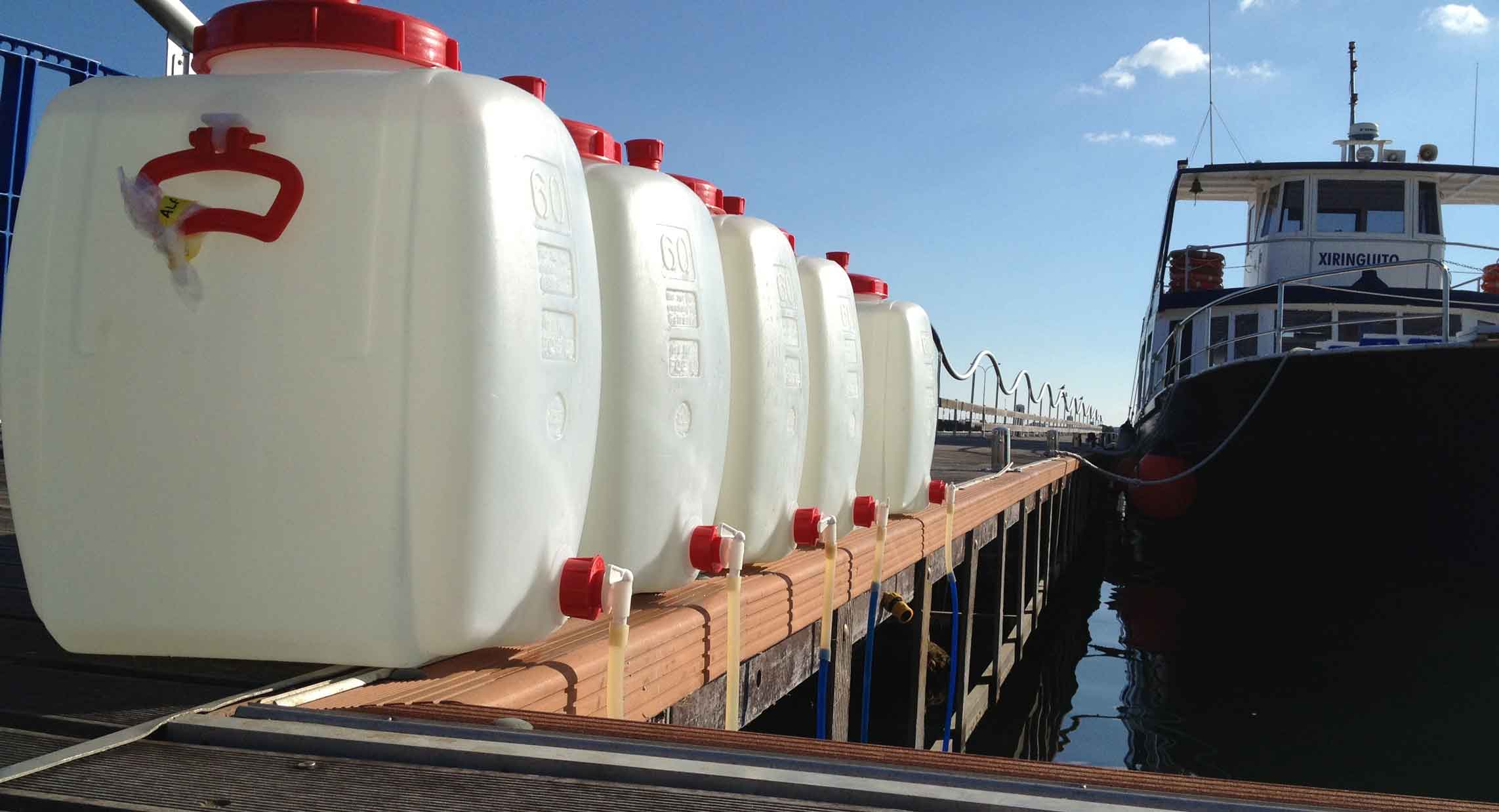A state-of-the-art laboratory for precise extraction of microplastics from diverse environmental matrices
The MERS research group includes the Microplastics Extraction Laboratory (MEL) of the ICTA-UAB. Open since 2018, the MEL is interested in collaborating with other research groups by offering analytical services to universities, research centers and companies.
At the MEL, we accurately extract microplastics (5mm down to 10µm) from environmental matrices, including beach sand, water or seabed sediment. The preparation of the samples and the extraction of the microplastics/microfibers are performed in a fully equipped clean laboratory consisting in an 8m2 hardwall laminar flow chamber ventilated through 4 laminar flow HEPA filters (H14). The MEL aims to participate to the inventory of the microplastics and their occurrence in our environment by providing their abundances and characteristics in the environmental matrices.
The extraction of microplastics from sediment samples is based on repeated density separation using saturated NaCl solution. This approach has been proven to separate polymers with higher densities such as polyvinyl chloride (PVC, ρ = 1.38 g·cm−3) or polyethylene terephthalate (PET, ρ = 1.39 g·cm−3). A wet peroxide oxidation can be used to remove organic matter, from marine sediment samples for example. The supernatant, or the water in case of water samples, is vacuum filtered. The filters are then dried and ready to use for further analysis.

Nylon Fibers under the Scanning Electron Microscope (SEM) (Photo: Laura Simon Sánchez).
In addition to the extraction, the MEL proposes the counting and the characterization of the extracted microplastics, including the type, the size and the color. The analysis is performed under light microscopy (Leica APO Z16) with the possibility to take high resolution pictures. This non-destructive approach allows the reuse of the filters for further chemical analysis.
Once the extraction has been completed, the MEL provides the filters with the extracted material ready to use for further chemical analysis (FT-IR and Raman spectroscopy) and if requested a detailed report of the results obtained, including the abundances and the characteristics of the extracted microplastics. The report also contains an excel sheet with the results of the analyses performed.







